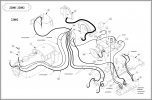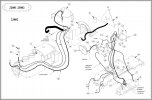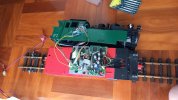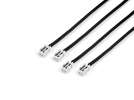AusrailQLD
Registered
Quick backstory, so I got an LGB 22802.
The 2-6-2 in Green instead of the common Black.
And I found someone selling 23802 Electronic components.


To me, I think I should (in theory) be able to use them in my loco.
(And to DCC in future.)
However, I'm not sure about the Chuff sensor wiring.
The 22802 is a 4 cable, where as the newer has 3 wires.
Has anyone converted one of these?
And know which wire goes where?
I know two will be joined together to be a common, but I'm not sure what is what.
Also will the different design of the lead weight be an issue?
I'm not really keen on cutting to make the sound unit fit.
The 2-6-2 in Green instead of the common Black.
And I found someone selling 23802 Electronic components.


To me, I think I should (in theory) be able to use them in my loco.
(And to DCC in future.)
However, I'm not sure about the Chuff sensor wiring.
The 22802 is a 4 cable, where as the newer has 3 wires.
Has anyone converted one of these?
And know which wire goes where?
I know two will be joined together to be a common, but I'm not sure what is what.
Also will the different design of the lead weight be an issue?
I'm not really keen on cutting to make the sound unit fit.


